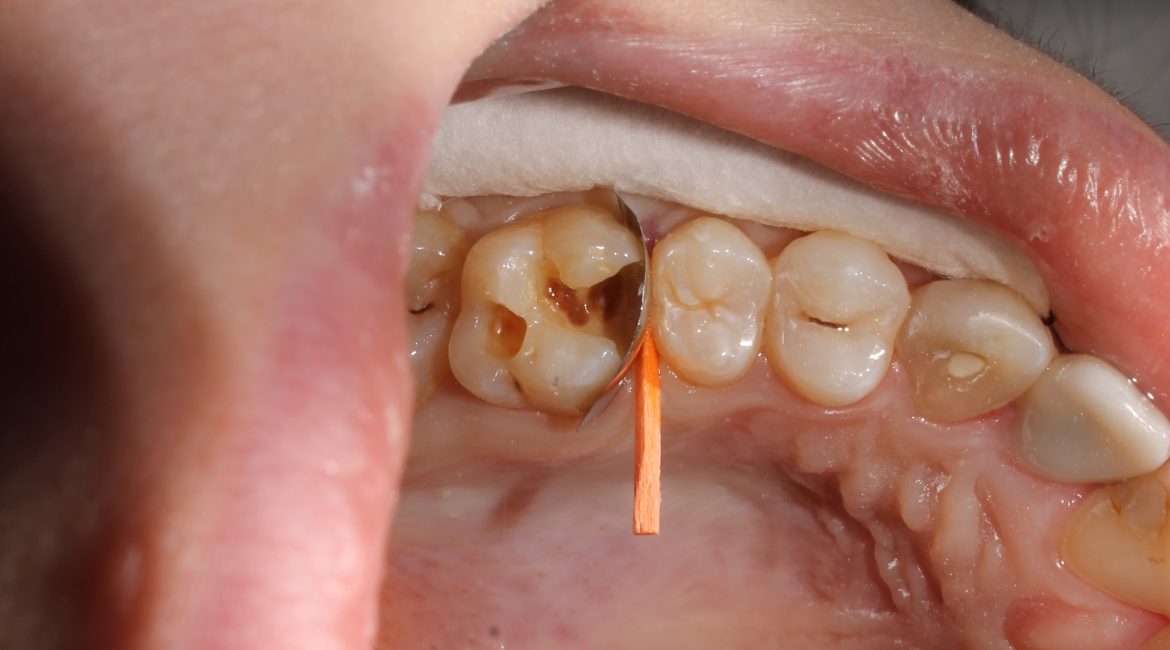Hey there, fellow dental enthusiasts! Let’s talk about a dental procedure that often gets a bad rap but is actually incredibly beneficial: root canal treatment. If you’ve ever heard horror stories about root canals, fear not! Today, we’re diving into why this procedure is not only necessary but can also save your teeth and alleviate pain.
Imagine this scenario: you’ve been experiencing persistent tooth pain, sensitivity to hot and cold, or swelling around your tooth. These are often signs that the pulp inside your tooth—where the nerves and blood vessels reside—might be infected or damaged. This is where root canal treatment comes into play.
Often simply called a root canal, is a procedure performed by dentists to treat infections or inflammation in the root of a tooth. Contrary to popular belief, the goal of a root canal is to relieve pain, not cause it! During the procedure, the infected or inflamed pulp is carefully removed, the inside of the tooth is cleaned and disinfected, and then it is sealed to prevent further infection.
One of the most significant benefits of root canal treatment is pain relief. If you’ve ever had a toothache caused by an infected tooth, you know just how debilitating the pain can be. A root canal effectively removes the source of that pain, allowing you to get back to enjoying your favorite foods and activities without discomfort.
Another key advantage of root canal treatment is that it helps save your natural tooth. Losing a tooth can lead to a host of other dental issues, such as shifting of neighboring teeth, difficulty chewing, and even bone loss in the jaw. By preserving your natural tooth through a root canal, you maintain the integrity of your smile and avoid the need for more extensive dental work down the road.
Root canal treatment is also a relatively straightforward procedure with a high success rate. Advances in dental technology and techniques have made root canals quicker and more comfortable than ever before. Many patients are pleasantly surprised at how smoothly the procedure goes and how quickly they recover afterwards.
Post-treatment care following a root canal is essential for ensuring the success of the procedure. Your dentist will provide instructions on how to care for your tooth and may recommend a crown to protect and strengthen it further. With proper care, a tooth that has undergone root canal treatment can last a lifetime.
Now, let’s address a common misconception: root canals are not as painful as their reputation suggests. Thanks to modern anesthesia and techniques, the discomfort during a root canal is typically no worse than getting a filling. In fact, most patients report feeling immediate relief from pain once the infected pulp is removed.
Another benefit of choosing root canal treatment is its cost-effectiveness in the long run. While the initial cost of a root canal may seem daunting, especially if you don’t have dental insurance, it is generally more affordable than extracting the tooth and replacing it with a bridge or implant. Plus, preserving your natural tooth is priceless when it comes to maintaining oral health and function.
Isn’t just about fixing a tooth; it’s about restoring your oral health and preserving your smile. Many patients who undergo root canal treatment are amazed at how much better they feel and how quickly they can return to their normal routines.
If you’re experiencing tooth pain or have been told you may need a root canal, don’t hesitate to consult with a trusted dentist. They can evaluate your situation, explain the benefits of root canal treatment specific to your case, and address any concerns you may have.
Remember, your smile is worth preserving! Root canal treatment offers a way to alleviate pain, save your natural tooth, and restore your dental health—all with minimal discomfort and maximum benefits.
So, if you’re ready to say goodbye to tooth pain and hello to a healthier smile, schedule a consultation with your dentist today. They’ll help you understand why root canal treatment could be the best choice for your dental well-being.

